2023’s emerging fitness trend is looking fit and strong. Everyone- male or female, is hitting the gym and focusing on fitness and well-being.
Achieving your dream physique takes more than restricting or adding calories and performing random physical activities. Working out can improve your strength and help you stay in shape. However, there is no point in your workout if you’re not regular. To chase your health goals, you will need an ideal workout plan, bringing us to the hot-selling workout routine- the Push/Pull/Leg (PPL) split routine that helps you work the body in a balanced and efficient way and allows recovery time between workouts. Here’s a breakdown of this workout routine to help you gain the physique you want.
What Is Push/Pull/Leg (PPL) Split Routine?
The push/pull/leg split routine divides the muscles into three groups: pushing muscles, pulling muscles, and leg muscles. It focuses on pushing exercises to strengthen the chest, shoulders, and triceps, pulling exercises for the back, biceps, and forearms, and leg exercises to strengthen the leg muscles.
The PPL split routine helps you structure your workouts weekly by dividing the sessions into three categories. You would typically perform exercises that target your pushing muscles on one day, pulling muscles on another day, and leg muscles (quadriceps, hamstrings, calves) the next day. You would then repeat this cycle, performing each workout twice a week.
The exercises let you get the maximum overlap of movements within the same workout, helping the muscle groups train individually for overall benefit.
Who can do the Push/Pull/Leg (PPL) Split Routine?
This routine can be performed by those who have been into working out for some months so that it doesn’t create too much strain for them and is ideal for individuals of various fitness levels, ranging from beginners to advanced.
The specific exercises and sets/reps will depend on your fitness level, goals, and preferences. The push/pull/leg split routine works all major muscle groups while allowing adequate recovery time between workouts.
Anyone who wants to gain strength and build muscle mass can benefit from a push/pull/leg split routine. However, it's always a good idea to consult a qualified fitness professional before starting any new workout program, particularly if you have pre-existing medical conditions or injuries.
Push-pull-leg (PPL) workout plan
Here’s a simplified version of the push-pull-leg workout plan according to the level of training for each individual.
Beginners
Those who have just started their gym routine should try to stay consistent for their workout with a rest day every alternate day.
Push Set 1/Rest/Pull Set 1/Rest/Leg Set 1/Rest/Push Set 2/Rest/Pull Set 2/Rest/Legs Set 2/Rest/Repeat
Intermediate
Once the routine is set, you can proudly call yourself an intermediate lifter and should maintain a schedule of working out for three days in a row and then opt for a rest day.
Push Set 1/Pull Set 1/Leg Set 1/Rest/Push Set 2/ Pull Set 2/Legs Set 2/Rest/Repeat.
Advance
Experienced individuals can perform the routine six days a week with a rest day on the seventh day.
Push Set 1/Pull Set 1/Leg Set 1/Push Set 2/ Pull Set 2/Leg Set 2/Rest/Repeat
Push-Pull-Leg Workout for 6 days
Former Mr Asia and Steadfast Athlete Rohit Shetty shared his knowledgeable inputs for a six-day workout split (Push-Pull-Leg) to improve strength and build muscles. The workout targets specific body parts one by one each day, training them to get stronger. Take a wholesome diet and rest to let the muscles recover before beginning the next session.
Push-pull-leg split
Day 1: Chest-shoulder-triceps (shoulder-focused)
Day 2: Back-biceps (session 1)
Day 3: Leg (session 1- quad focused)
Day 4: Chest-shoulder-triceps (chest focused)
Day 5: Back-biceps (session 2)
Day 6: Leg (session 2 hamstrings focused)
Day 7: Off
Push Set 1
Session 1- Chest-shoulder-triceps (shoulder focused)
1. Dumbbell overhead press machine: 3 sets- 12-15 reps (shoulder)
2. Side lateral dumbbell raises: 4 sets - 20+ reps each set-
End with a drop set
3. Rear delt flyes on the bench chest supported with dumbbell- 3-4 sets 15-20reps
4. Incline bench: 3 sets: 20+ reps
5. Smith machine flat bench/Dumbbell press: 3 sets: 10-12 reps
6. Close grip barbell press: 4 sets - 12-15 reps
7. Fat grip pulley tri extension- 4 sets - 10 reps
Push Set 2
Session 2- Chest-shoulder-triceps (chest-focused) push
1. High incline dumbbells/Smith machine press: 3 sets (Chest): 12/15 reps
2. Flat Smith machine (chest)- 3 sets: 12/15 reps
3. Pec deck machine: 3 sets: 12-15reps
Floor push-ups 2 sets as chest finisher
4. Barbell front raises: 3 sets - 20 reps
5. Pulley side laterals: 4 sets - 20 reps
6. Rope face pulls- rear delt - 3 sets 12-15 reps
7. Dumbbell shrugs: 5 sets - 12-15 reps
8. Pulley triceps extension- 4 sets - 12-15 reps
9. Close-hand push-ups - 3 sets till failure
Legs Set 1
Session 1- Legs (quad-focused)
Exercises in order:
1. Leg Extension 2 sets 10 to 12 reps – Warm up good. Squeeze your reps
2. Power squat /V Squat machine - 3 sets 20 reps
3. Leg press (close stance) – 3 sets 12 - 15 reps
4. Walking Lunges (close steps) - with dumbbells - increase the weight every set and 20-26 steps in one set
Legs Set 2
2nd session - Legs (hamstring-focused)
1. Lying Leg curls- 3-4 sets (slow and controlled and squeeze at the top)
2. Stiff leg deadlifts- 4 sets- 15+ reps
3. Leg press (wide stance deep) - 4 sets 15 reps
4. Hip thrusts : 3 sets - 10-12 reps
5. Step up with dumbbells- 3 sets - 14-16reps
6. Seated Calves : 3 sets - 25-30 reps (squeeze and stretch) 5 seconds eccentric and 2 seconds concentric every rep
Pull Set 1
Session 1 - Back Biceps Pull
1. Lat pull down (underhand grip) Superset with Barbell rowing (underhand grip)- 12-15 reps without a break- each makes 1 set.
2. Weighted hyperextension - 3 sets 15 reps
3. One arm dumbbell row - 2 sets: 12-15 reps
4. Seated rows/ISO LATERAL ROWS - set 3: 12-15reps
5. Assisted Pull ups/chin ups - 3 sets: 10reps
6. Incline Dumbbell bicep curls - 2 sets 15-20reps
7. Preacher curls - 2 sets 15-20 reps
Pull Set 2
Session 2 - Back - Biceps Pull
1. Rack/conventional Deadlifts - 2 main sets 6-8 reps
2. Seated rows - 3 sets: 12-15 reps
3. Dumbbell pullover Superset with Chest supported Dumbbell rows - 12-15 reps without break- each makes 1 set
4. Iso lateral Rows : 3 sets 15-20reps
Biceps :
1. Dumbbell alternate curls - 3 sets - 20-25reps
2. Reverse Barbell Curls - 3 sets - 12-15reps
3. Hammer curls - 3 sets - 12-15 reps
Workout Nutrition During THE push-pull-leg program
It is imperative to maximise muscle strength and size with the right diet.
The type of workout nutrition required during the push-pull-leg routine will depend on various factors, including fitness goals, workout intensity, and personal preferences.
Consume carbohydrate-rich meals before a workout and a protein-rich meal after one. Take the pre-workout meal 1-2 hours before the workout and the post-workout meal within 30-60 minutes after. Stay hydrated by drinking water or a sports drink containing electrolytes.
Consuming a carbohydrate-rich meal before the workout can help provide energy for intense training. Eating protein-rich foods after the workout can help recover muscles. Having protein powder shakes or bars before and after a training schedule is a convenient and effective way to provide the body with the necessary nutrients for recovery and growth. Check Steadfast's whey protein range.
Proper nutrition is essential for optimal results during the push-pull-leg day workout routine. Here are a few tips for workout nutrition:
1. Pre-Workout Nutrition:
Fuel your body with the right nutrients before a workout. The pre-workout meal should contain carbohydrates so the body gets energy and nutrients for an intense workout. Good pre-workout options include protein shakes, oatmeal, apple with best peanut butter, banana, and fruits with yoghurt. Check best pre workout supplement.
2. Intra-Workout Nutrition:
Stay hydrated and replenish your energy stores during a workout. Drinking water or an electrolyte-rich energy drink can help you maintain hydration and replace lost minerals.
3. Take adequate fluids:
Fluid balance is the balance maintained by the body with the uptake and give-out of the fluids to keep the metabolic processes running. Have 500 ml of plain water for 1-2 hours before beginning a workout. One can also have diluted fruit juices before or between exercises since they’re easy to digest and give the body an instant energy boost.
4. Post-Workout Nutrition:
Have a protein-rich meal after a workout to help repair and rebuild muscle tissue. Some good post-workout options include a protein shake with fruit, grilled chicken with brown rice and vegetables, sattu, quinoa, and boiled chana.
5. Timing:
Time your meals and snacks around your workouts. Eating too close to your workout can cause digestive discomfort while waiting too long after your workout can delay muscle recovery. Generally, aim to eat a meal containing protein and carbohydrates 2-3 hours before your workout, a small snack containing carbohydrates 30-60 minutes before your workout, and a meal containing protein within 30 minutes after your workout.
Workout nutrition during push-pull-leg (ppl) workouts is crucial for fuelling your workouts, promoting muscle growth and recovery, and achieving optimal results.
Sleep and Recovery
Sleep is essential for physical and mental health and recovering from daily activities and intense exercise. While sleeping, the body tries to repair and regenerate tissues to strengthen the immune system and build muscles.
The amount of sleep required varies depending on age, lifestyle, and individual differences. Generally, adults need 7-9 hours of sleep per night, while teenagers may require 8-10 hours; children and infants need even more.
Getting sufficient sleep is important for recovery after exercise or physical activity. Sleep helps to restore energy levels and repair damage to muscles and tissues caused by exercise. Lack of sleep leads to impaired recovery and an increased risk of injury.
In addition to getting enough sleep, other recovery strategies include proper nutrition, hydration, stretching, and active recovery activities such as light exercise or foam rolling. Taking rest days and varying exercise intensity and types can also aid recovery.
Overall, prioritising sleep and recovery as part of a healthy lifestyle can improve physical and mental well-being, performance, and quality of life.
Supplements for push-pull-leg workout
Supplements can be a helpful addition to a diet to support overall health, performance, and recovery. Here are some supplements that may be beneficial for push-pull-leg routine:
1. Protein Powder:
Protein is essential to build and repair muscle tissue- protein powder can be a convenient way to increase protein intake. Whey protein powder is popular, but plant-based options like pea or soy protein can also be effective. Explore our best whey protein range.
2. Creatine:
Creatine is a naturally-occurring substance that can help improve strength and muscle mass. It works by increasing the energy available to muscles during intense workouts. Creatine monohydrate is one of the effective forms of creatine used by athletes and fitness enthusiasts. Buy best creatine.
3. Beta-Alanine:
Beta-alanine is an amino acid that can help improve endurance and reduce fatigue during high-intensity workouts. It works by increasing levels of carnosine, a substance that helps buffer lactic acid in muscles.
4. Caffeine:
Caffeine is a stimulant that can help improve focus, energy, and endurance during workouts. It may also help increase metabolism and fat burning.
5. Omega-3 Fatty Acids:
Omega-3 fatty acids are essential fats that can help reduce inflammation and improve overall health. They may also help improve muscle recovery and reduce muscle soreness after workouts.
6. Multivitamin:
A high-quality multivitamin can help fill nutrient gaps in your diet and support overall health and wellness.
It's important to note that supplements should be used with a healthy diet and regular exercise routine, as individual needs and goals may vary. Consulting with a healthcare professional or registered dietitian can help you determine which supplements may be right for you.
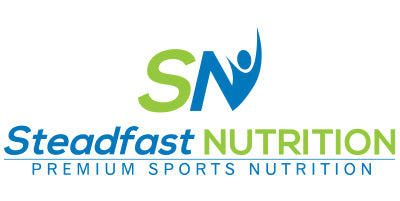

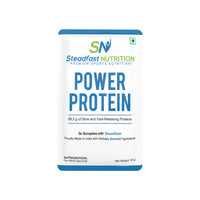
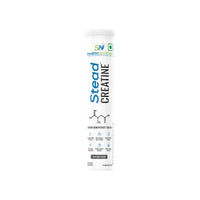
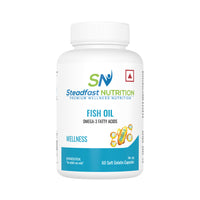
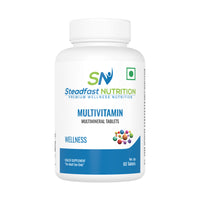
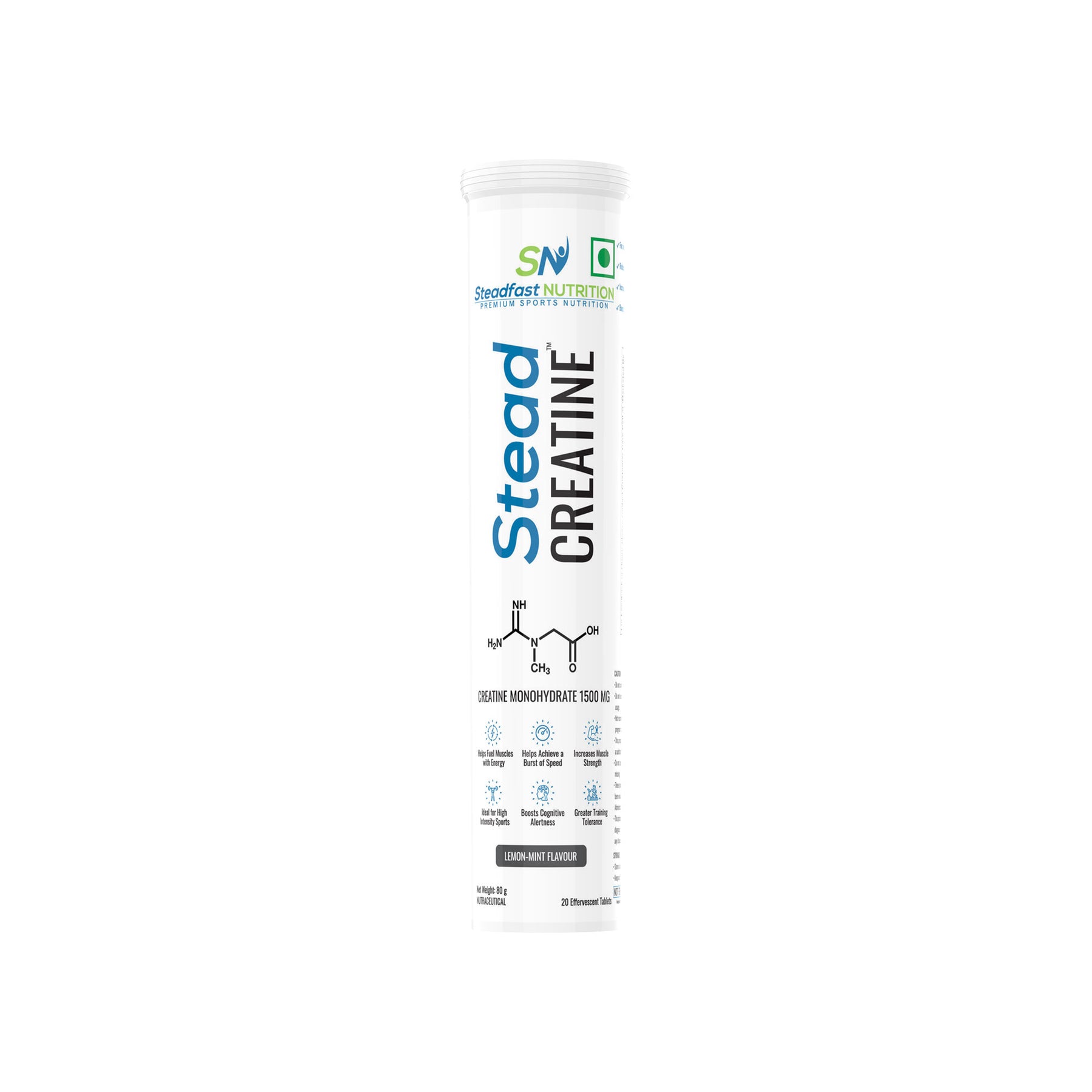 Buy Now
Buy Now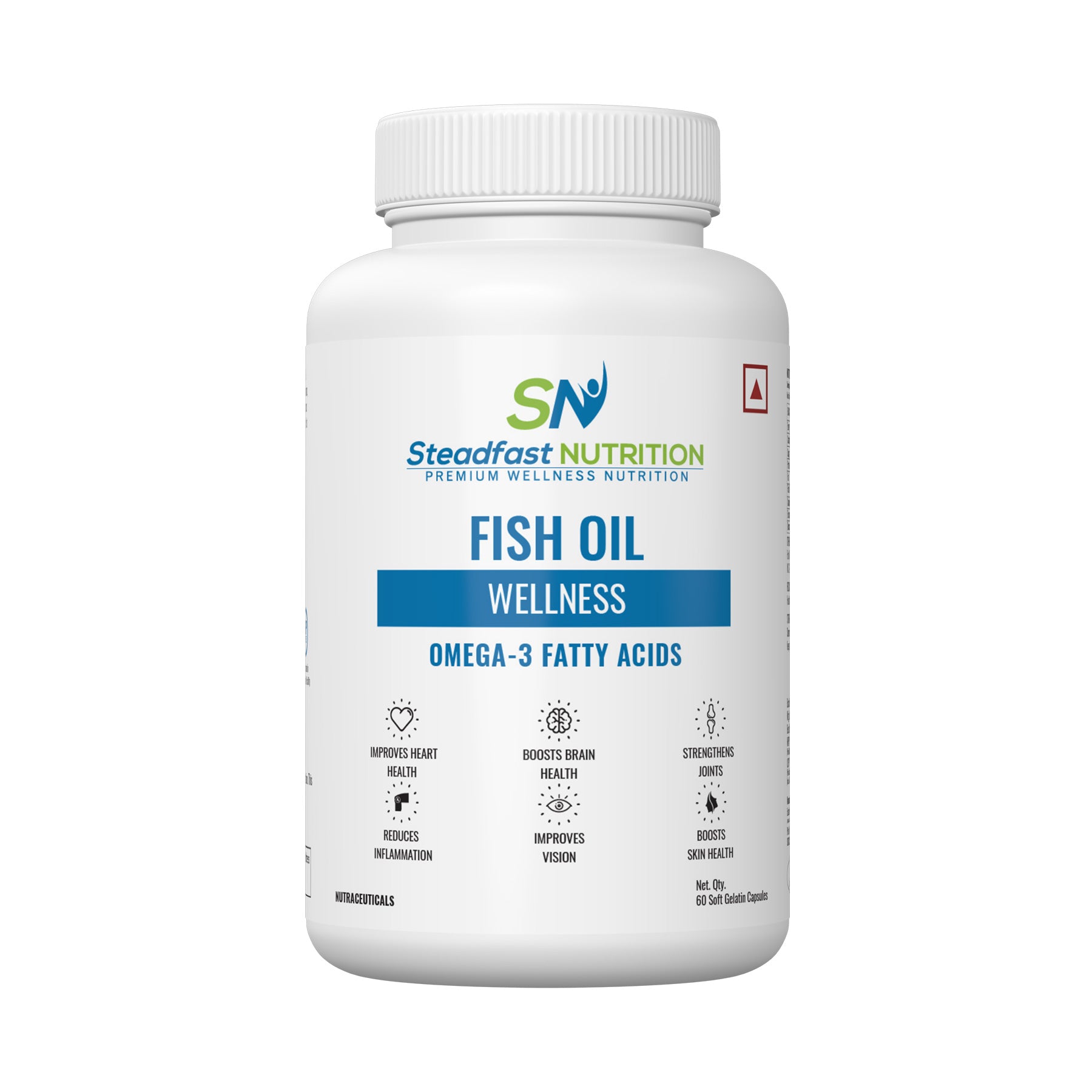 Buy Now
Buy Now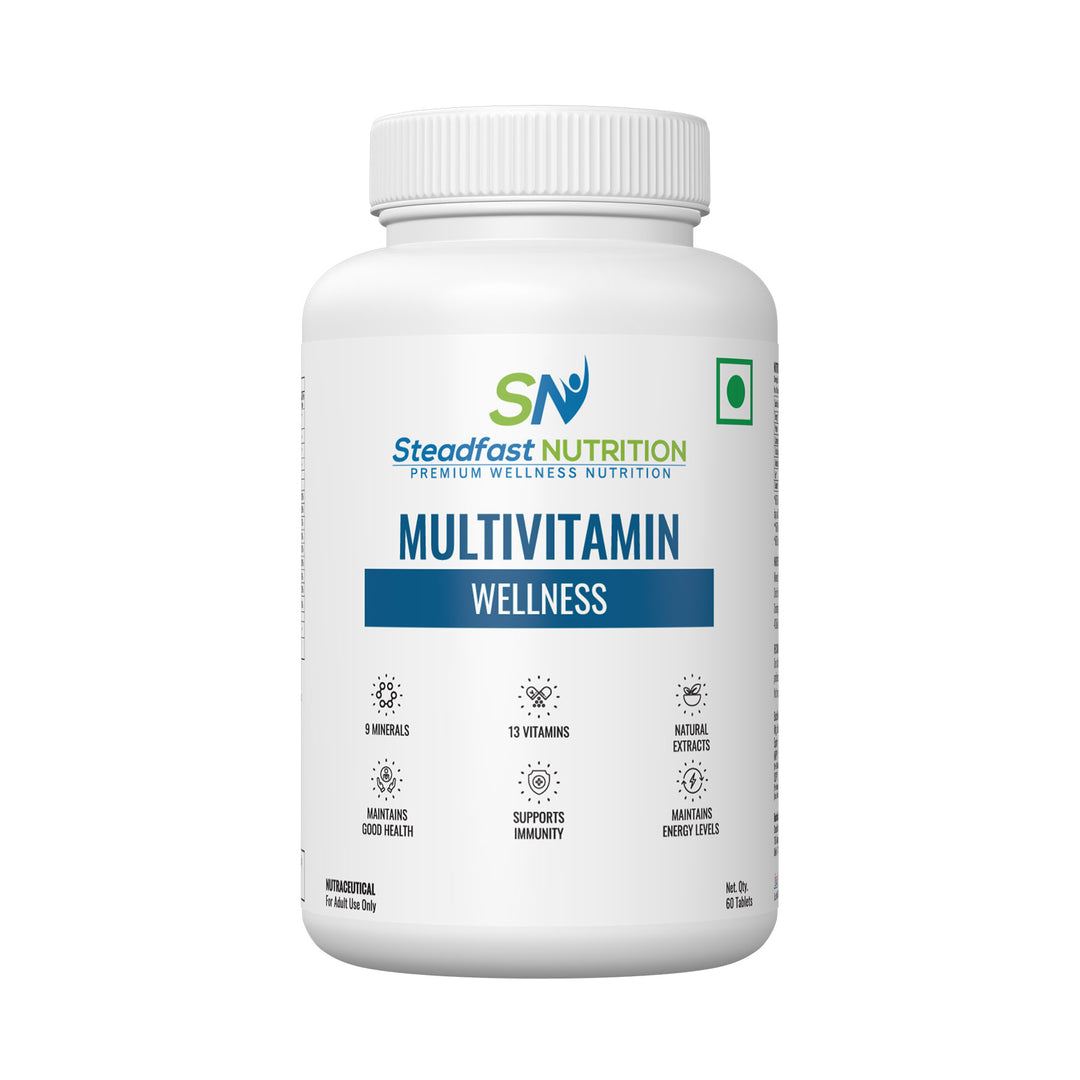 Buy Now
Buy Now